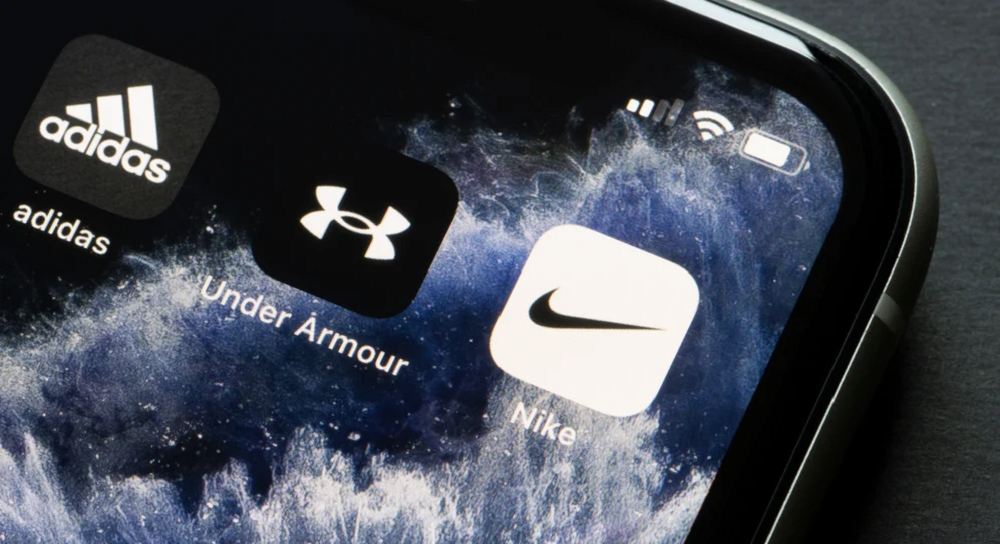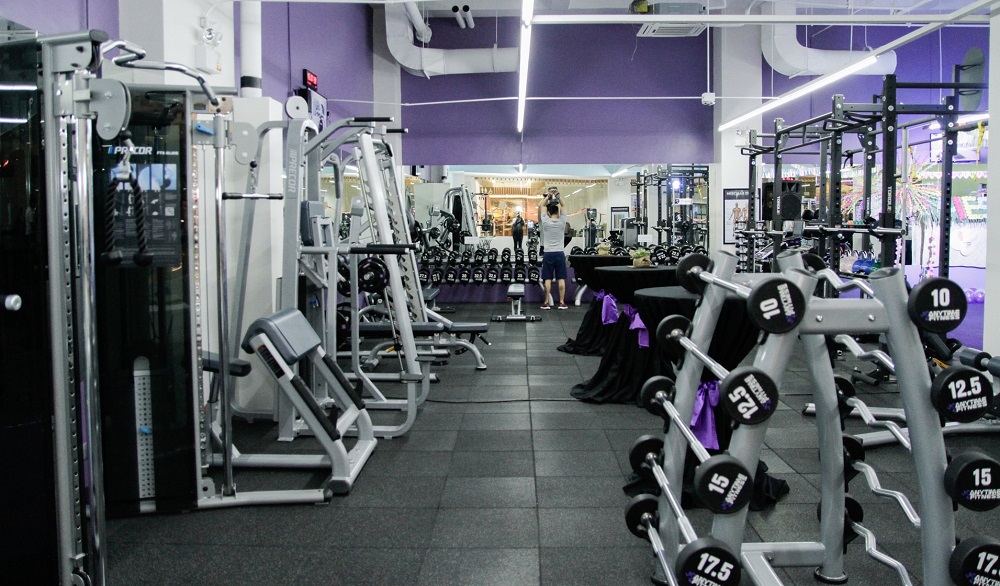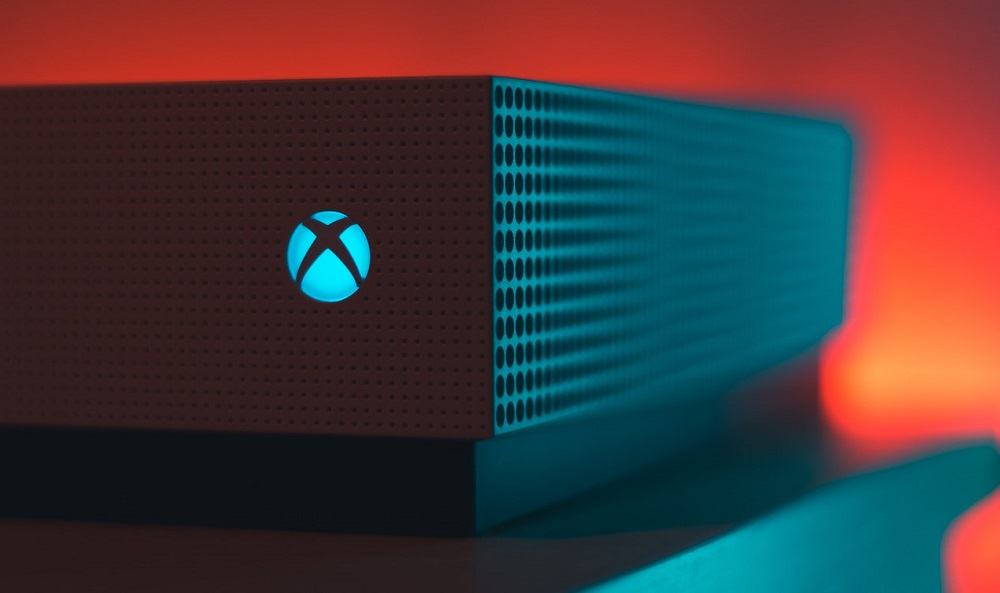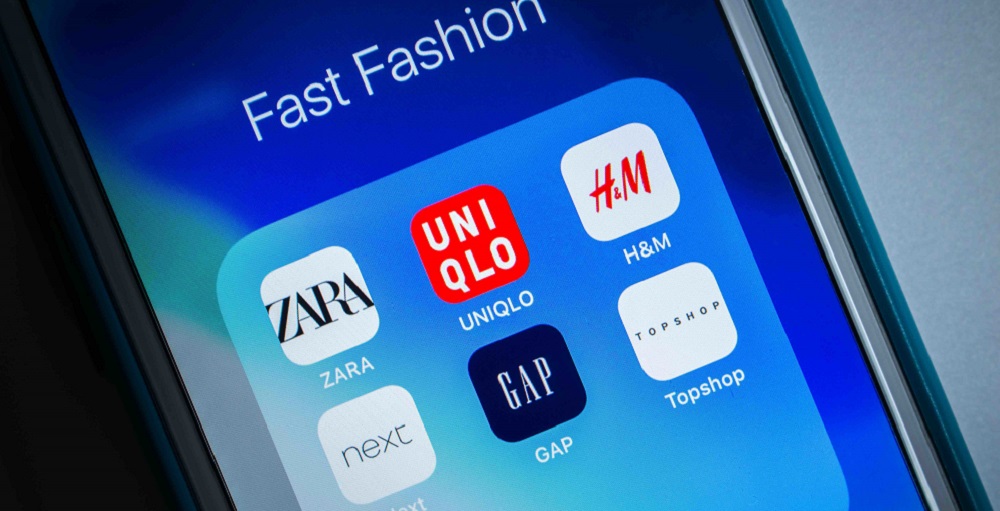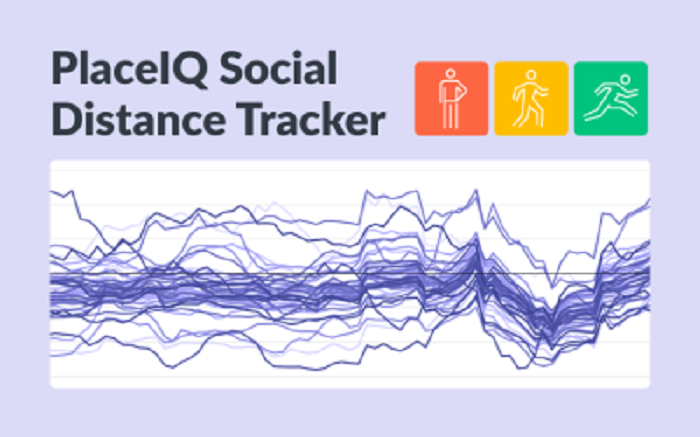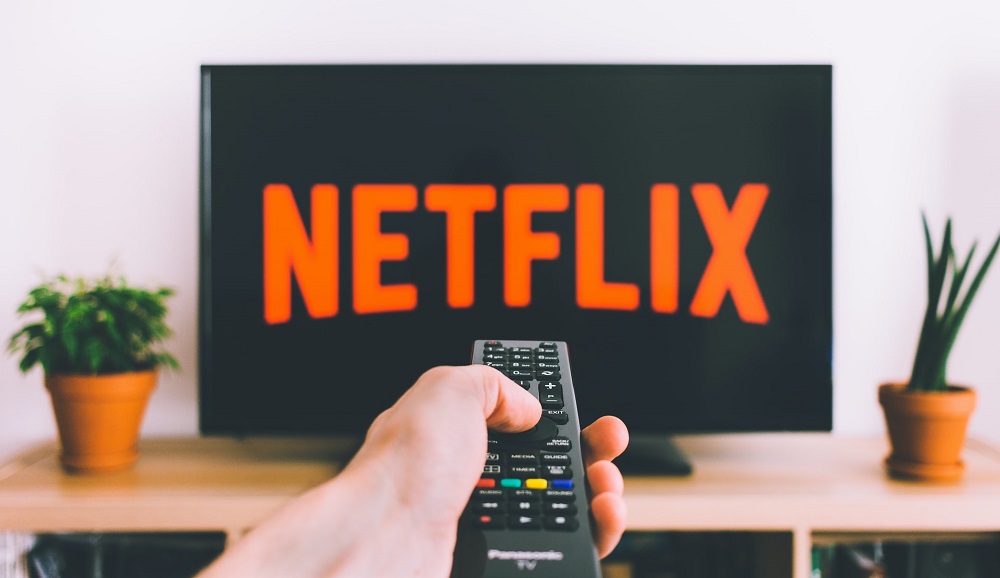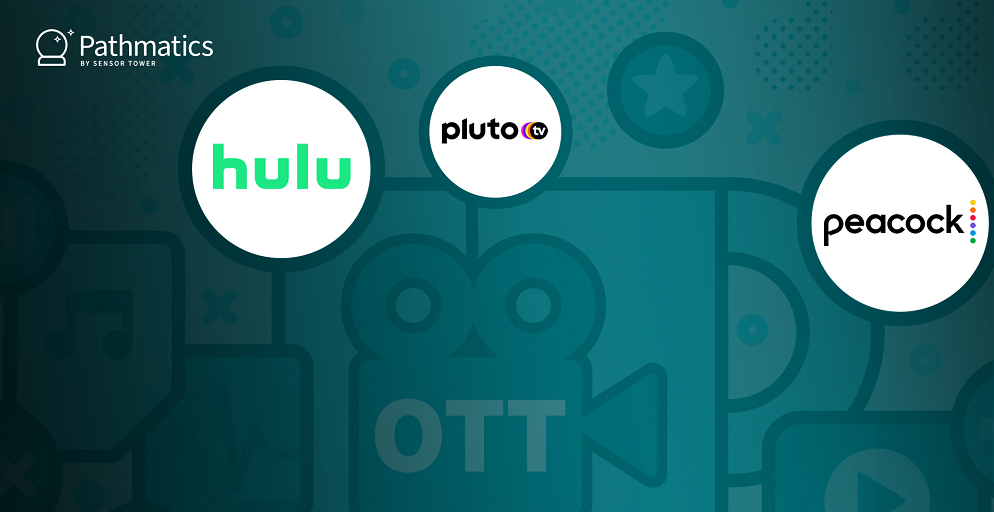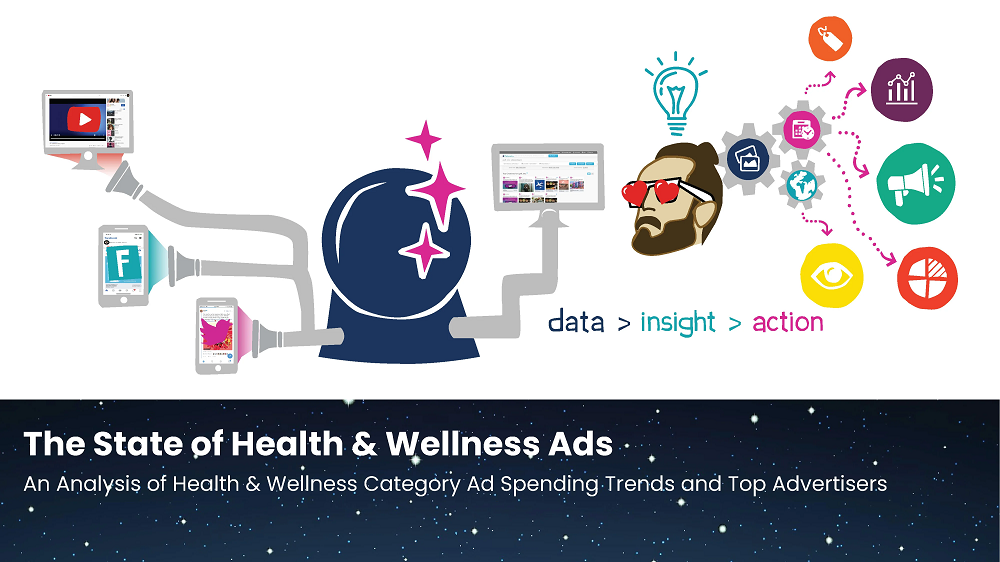The Dodge Momentum Index declined 7% in January to a four-month low of 152.9 (2000=100), from the revised December reading of 163.7. The Momentum Index, issued by Dodge Construction Network, is a monthly measure of the initial report for nonresidential building projects in planning, which have been shown to lead construction spending for nonresidential buildings by a full year. In January, commercial planning fell 9%, and institutional planning slipped 1%. The Dodge Momentum Index had a stellar 2021, rising 23% from 2020 and reaching levels not seen in nearly 14 years.
According to Apptopia’s recent analysis Benchmarking the Global Mobile Retailing Landscape, the top 15 direct-to-consumer (D2C) shopping apps grew for the third consecutive year: from 4Q 2020 to 4Q 2021, downloads increased 13.6%. Compared to the other U.S.-specific commerce markets featured in the report (such as Brick and Mortar, Fast Fashion, Consumer-to-Consumer and Luxury), D2C is the strongest next to Luxury.
After sweating out the early months of COVID-19, several national gym chains are finally experiencing a healthy increase in membership levels. Our competitive analysis of gym companies illustrates that U.S. customer counts steadily increased throughout 2021, and memberships at gym chains such as Crunch Fitness, Planet Fitness, and Anytime Fitness almost reached or exceeded pre-pandemic levels. Consumer transaction data further shows that Planet Fitness (NYSE: PLNT) continues to experience a significant spike in new customers every January, corresponding with the popular New Year’s resolutions to get fit or live a healthier lifestyle.
As this second pandemic year wraps up, we dove into foot traffic for leading gyms to understand how the offline fitness sector performed in 2021 and where it’s headed in 2022. Gyms suffered a heavy blow over the pandemic. Safety concerns, lingering restrictions and even the challenge of exercising while abiding by indoor mask requirements kept many people away from gyms long after the initial closures. Meanwhile, a large number of fitness consumers claimed that they were not planning on ever renewing their membership after discovering the cost and convenience advantages of home exercise.
The nation’s overall delinquency rate was 3.6% in November. All stages of delinquencies showed year-over-year decreases in November.In November 2021, 3.6% of home mortgages were in some stage of delinquency (30 days or more past due, including those in foreclosure) , which was a 2.3-percentage point decrease from November 2020 according to the latest CoreLogic Loan Performance Insights Report. November marked the first time since the pandemic began that the overall delinquency rate fell below the March 2020 level.
The CoreLogic Loan Performance Insights report features an interactive view of our mortgage performance analysis through November 2021. Measuring early-stage delinquency rates is important for analyzing the health of the mortgage market. To more comprehensively monitor mortgage performance, CoreLogic examines all stages of delinquency as well as transition rates that indicate the percent of mortgages moving from one stage of delinquency to the next.
First Take-Two bought Zynga. Then, Microsoft acquired Activision Blizzard. Now, Sony is going after Bungie. The video game world seems to be consolidating more quickly than a Minecraft God Bridge. But will these acquisitions bring in the new customers and strengthen the loyalty that the new parents expect? In today’s Insight Flash, we answer these questions through our newly launched CE Transact Subscription Metrics dashboard and CE Receipt data, focusing on customer loyalty, new versus repeat user mix, and average price per item.
2021 was another momentous year for mobile app publishers and developers. Over a year after the first pandemic-induced growth, the app industry rocket ship was still on an upwards trajectory. But against that, there were new operational challenges to navigate. For example, Apple 'deprecated' its identifier (IDFA), which meant most advertisers were no longer able to track and measure their users' actions without an informed opt-in. However, despite IDFA hurdles, as App Annie's State of Mobile 2022 report makes clear, the collective numbers were all up.
With 2021 behind us, we dove into foot traffic trends at CVS, Walgreens, and Rite Aid to analyze how these pharmacy players performed and uncover changes to consumer behavior. A lot happened in the pharmacy sector over the past year. CVS and Walgreens announced some major strategic shifts, with CVS intending to downsize its store fleet while Walgreens will expand and diversify its physical footprint. And since the spring, the two category leaders have seen significant year-over-two-year (Yo2Y) visit increases, driven by the heightened demand for wellness products as well as the pharmacies’ ability to administer COVID vaccines and tests.
Initial filings for jobless claims declined for the second week in a row at the end of January, indicating that the labor market is recovering from the temporary disruption caused by the Omicron variant. According to the newest Unemployment Insurance Weekly Claims Report released on February 3rd, initial jobless claims, a proxy for layoffs, fell to 238,000 for the week ended January 29th, a decrease of 23,000 from the revised level the week before.
Since March 2020, the COVID relief program under the CARES Act allowed millions of homeowners to temporarily pause or reduce their mortgage payments. However, for many of these homeowners, the forbearance plans already expired or are expiring soon. The maximum forbearance period was 18 months for most of the programs. Thus, a loan that entered forbearance during April 2020 would have had to exit forbearance no later than October 2021. According to the Mortgage Bankers Association (MBA), the share of mortgage loans in forbearance decreased to 1.41% in December 2021, a drop of 26 basis points from 1.67% in the prior month.
According to our latest retail report, Benchmarking the Global Mobile Retailing Landscape, fast fashion apps are only getting trendier. The report looks at the global and regional shopping app leaders across the whole year and zooms in on U.S. markets of Brick n' Mortar retailers, Fast Fashion, Direct to Consumer, C2C Marketplaces and Luxury retailers. Our Fast Fashion market includes the top 15 most-downloaded apps and posted 11.4% positive growth from 2020.
Notable Hit: (PENN:NASDAQ) On Thursday February 3, 2022 Penn National Gaming, Inc. (PENN) posted better-than-expected revenues of $1.57bn surpassing the consensus estimate of $1.49bn or by +5.4% and in the same direction as Advan's forecasted sales. The revenue was up 53% YoY - Advan's foot traffic data captured an increase in foot traffic of +43% YoY at its casinos for Q4 2021. The stock was up +11.5% the from previous close shortly after the opening bell. Advan's footfall data has a correlation of 0.99 on a YoY basis with PENN's top-line revenue over the last 12 quarters.
Industrial construction and property prices in Canada are at record high levels, an observation we noted at the recent MSCI/REALPAC 2022 Canada Real Estate Investment Forum. If property markets simply mean reverted, at some point one would expect prices to decline. Instead, both price growth and investment in new industrial construction continued at a strong pace in 2021. This combination lends weight to the argument that there is a fundamental shift in the nature of demand for industrial space in Canada.
Where we sit – in New York and the San Francisco Bay Area – cases are coming down fast. Hope is on the horizon and it looks like the pattern we watched in South Africa and the UK will play out here: Omicron will spike COVID case counts like never before before leaving as fast as it arrived. Looking at these case patterns alongside our foot traffic data, the patterns look very, very similar to the lead up to 2021’s Second Reemergence: a period of sudden foot traffic gains shared by nearly all categories.
Last month, Netflix raised the price of its US subscription plans for the third time since 2019. Are the increased fees just keeping up with inflation, or will Netflix see a dip in subscribers in a saturated marketplace? In today’s Insight Flash, we provide a sneak preview of our soon-to-launch Subscription Spend dashboard to answer this question, including retention over time, cohort behavior surrounding the last price increase, and new customer metrics. Consumer Edge US Transact Subscribers can use these dashboards to continue to track these metrics in reaction to the most recent increase.
For most weeks of the second half of 2021, nationwide weekly retail foot traffic has been up or equivalent to 2019 levels. But as hybrid work and migration shifts keeps urban occupancy down and travel restrictions continue to limit tourism, some major cities are still feeling the pandemic’s impact. Clearly, some cities have been more affected than others. Of the four major cities analyzed, New York City – where the retail sector relies heavily on tourists and office workers – suffered the heaviest blow.
Pathmatics now offers granular data directly from viewers on Connected TV (CTV) devices that show who’s advertising on subscription over-the-top (OTT) video platforms including Hulu, Pluto TV, Tubi, Peacock, and Paramount+. For example, Pathmatics Explorer reveals that Procter & Gamble (P&G) was the No. 1 advertiser across our supported streaming platforms from January 1, 2022 through January 15, 2022, spending more than $9 million with its creatives garnering over 353 million impressions.
As the U.S. continues to adapt to the COVID-19 pandemic, there is more attention than ever on the health and wellness space, from COVID vaccines to rapid tests. This ever-changing medical landscape made it essential for advertisers to quickly adjust their spending and creative strategies to keep up with the latest trends. Pathmatics has recently released new, deeper categories in Explorer, allowing you to find insights into Health & Wellness advertising like never before.
Do you typically show up to a Super Bowl party ready for football, food or advertisements? If you’re like us, you pay more attention to the advertising strategies than what’s being dished out on the field. And it’s not just because the commercials are hilarious or captivating. The average NFL regular season game earned a mere 1% of what the 2021 Super Bowl raised. This is arguably the biggest media event of the year.













































